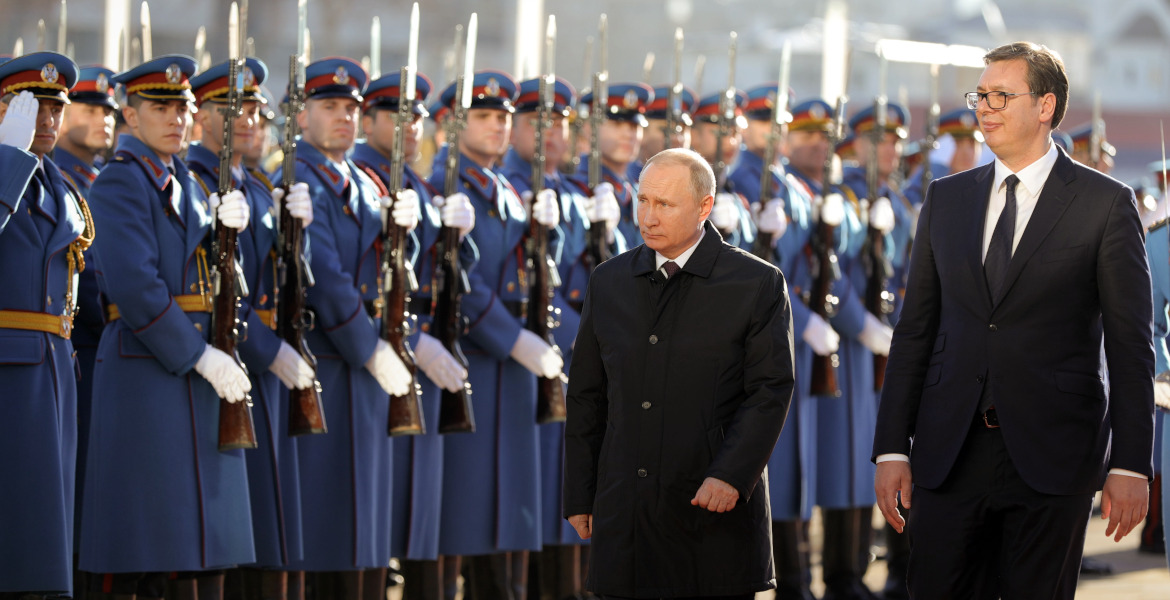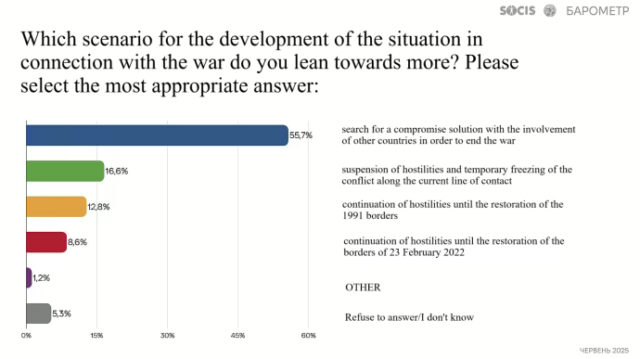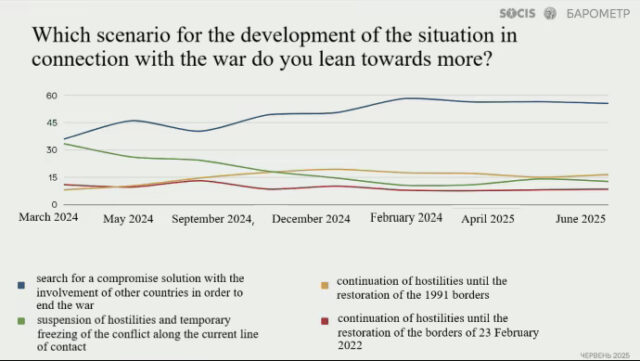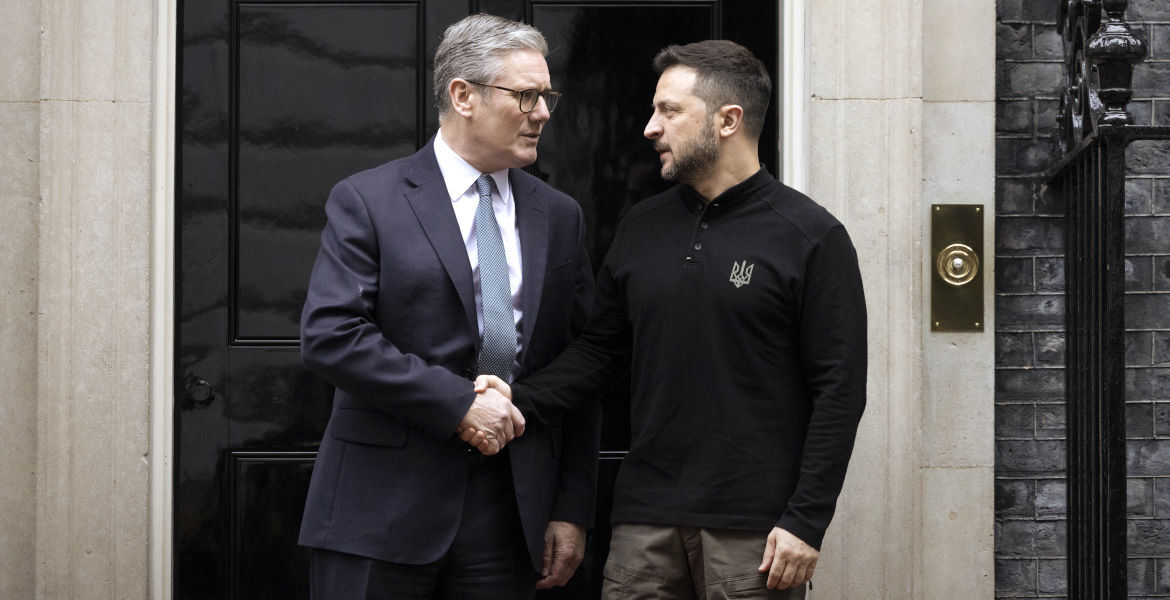Czech President Petr Pavel says that all Russians in the West should be put under “strict surveillance”, drawing parallels with the way the US monitored the Japanese during World War II.
Since the start of the war in Ukraine, many Russian citizens have fled Russia to avoid military mobilization. Czech President Petr Pavel now believes that all Russians in Western countries should be put under “strict surveillance”, he said in an interview with Radio Free Europe.
– So, all Russians living in Western countries should be monitored much more than in the past because they are citizens of a nation that leads an aggressive war, Pavel said.
He says that while he has sympathy for Russians who have fled or settled in other countries, he draws parallels with World War II, when Japanese living in the US were under “a strict surveillance regime”.
– This is simply the cost of war, says the Czech president.
During World War II, thousands of Japanese were forcibly interned in camps in the US, including those who were US citizens. However, Pavel’s spokesperson Marketa Rehakova later stressed in an email that they do not believe that Russians should be put in forced camps or similar, but that “increased attention” should be paid to the “Russian community residing in our country”.
“Given those circumstances, it would be an utter failure of our own security services and a threat to the security of our own citizens if these [security] services did not pay heightened attention to the Russian community living in our country”, Rehakova wrote. However, she adds that this does not refer to every single individual but “those presenting risk factors”.










